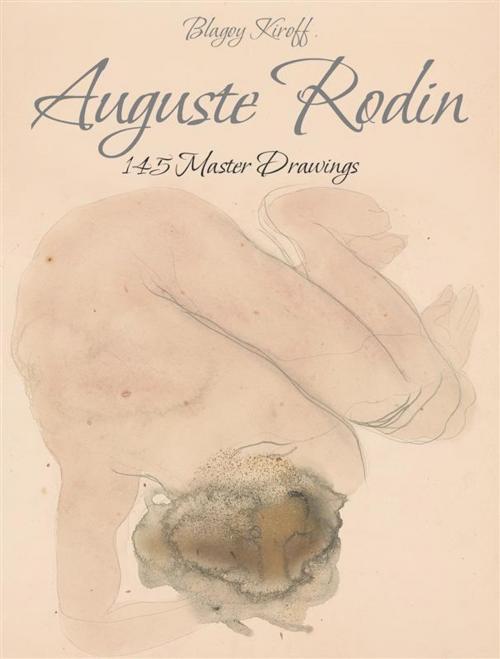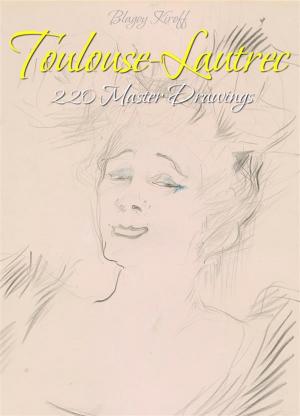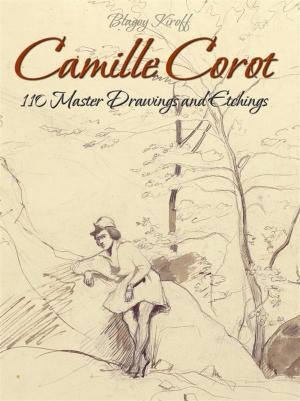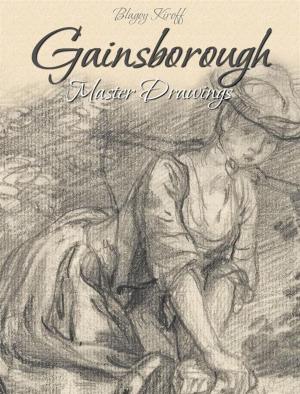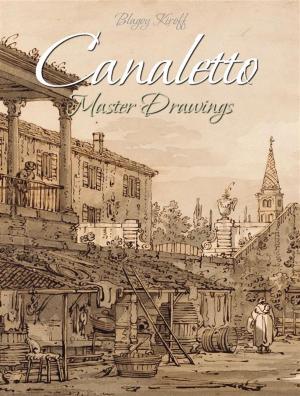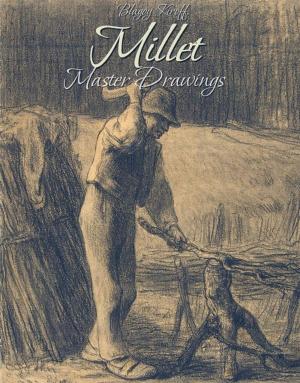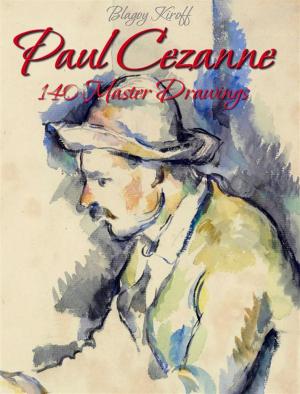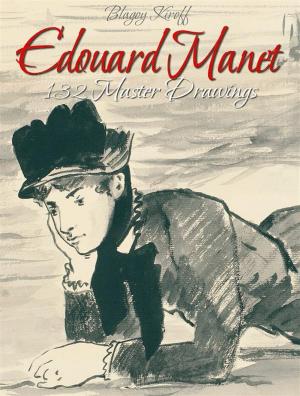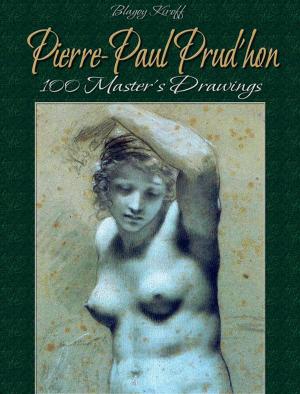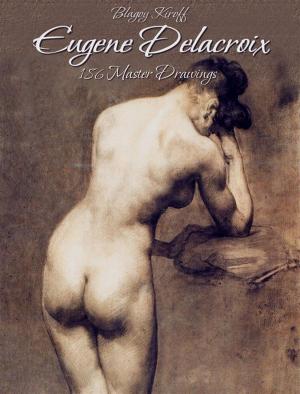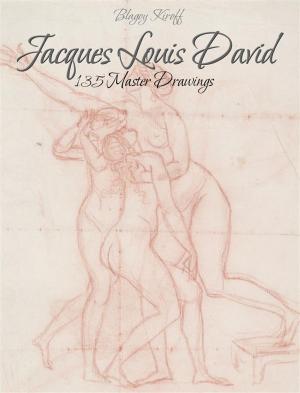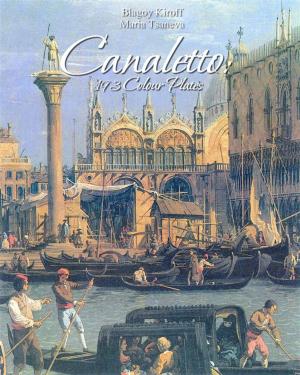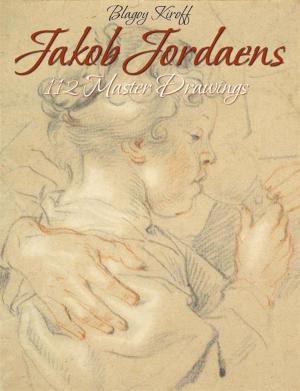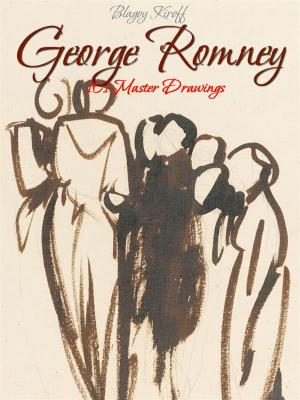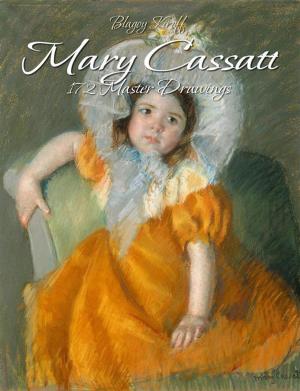Auguste Rodin: 145 Master Drawings
Nonfiction, Home & Garden, Crafts & Hobbies, Art Technique, Drawing, Art & Architecture, General Art| Author: | Blagoy Kiroff | ISBN: | 9786050386387 |
| Publisher: | Blagoy Kiroff | Publication: | June 9, 2015 |
| Imprint: | Language: | English |
| Author: | Blagoy Kiroff |
| ISBN: | 9786050386387 |
| Publisher: | Blagoy Kiroff |
| Publication: | June 9, 2015 |
| Imprint: | |
| Language: | English |
Auguste Rodin was a French sculptor, usually considered the progenitor of modern sculpture. But actually Rodin did not set out to revolutionary against the past.
He was educated traditionally, took a craftsman-like advance to his work, and desired academic respect, although he was never accepted into Paris's leading school of art.
Many of his most notable sculptures were severely criticized during his lifetime. They clashed with the predominant figure sculpture tradition, in which works were decorative, formulaic, or highly thematic. Rodin's most original work departed from traditional themes of mythology and allegory, modeled the human body with realism, and celebrated individual character.
It was the freedom and creativity with which Rodin used these practices – along with his activation surfaces of sculptures through traces of his own touch and with his more open attitude toward bodily pose, sensuality, and non-realistic surface – that marked Rodin's re-making of traditional 19th century sculptural techniques into the prototype for modern sculpture.
Sketcher, painter, engraver, sculptor and collector, Auguste Rodin is recognized worldwide for the exceptional authenticity of his anatomical sculptures, but drawing was his means of discovering "truth" in life and in art: for him "good" drawing represented truth and simplicity in nature; 'bad" drawing was self-conscious, mannered in its representation, and often displayed an ignorance of nature or inexact observation with attempts to mask it with artifice.
Rodin was a prolific draughtsman, producing some 10,000 drawings.
His drawings were seldom used as studies or projects for a sculpture or monument. Although the works on paper can only be shown periodically, owing to their fragility, the role they played in Rodin’s art was by no means minor.
As the sculptor said at the end of his life:
“It’s very simple. My drawings are the key to my work.”
Auguste Rodin was a French sculptor, usually considered the progenitor of modern sculpture. But actually Rodin did not set out to revolutionary against the past.
He was educated traditionally, took a craftsman-like advance to his work, and desired academic respect, although he was never accepted into Paris's leading school of art.
Many of his most notable sculptures were severely criticized during his lifetime. They clashed with the predominant figure sculpture tradition, in which works were decorative, formulaic, or highly thematic. Rodin's most original work departed from traditional themes of mythology and allegory, modeled the human body with realism, and celebrated individual character.
It was the freedom and creativity with which Rodin used these practices – along with his activation surfaces of sculptures through traces of his own touch and with his more open attitude toward bodily pose, sensuality, and non-realistic surface – that marked Rodin's re-making of traditional 19th century sculptural techniques into the prototype for modern sculpture.
Sketcher, painter, engraver, sculptor and collector, Auguste Rodin is recognized worldwide for the exceptional authenticity of his anatomical sculptures, but drawing was his means of discovering "truth" in life and in art: for him "good" drawing represented truth and simplicity in nature; 'bad" drawing was self-conscious, mannered in its representation, and often displayed an ignorance of nature or inexact observation with attempts to mask it with artifice.
Rodin was a prolific draughtsman, producing some 10,000 drawings.
His drawings were seldom used as studies or projects for a sculpture or monument. Although the works on paper can only be shown periodically, owing to their fragility, the role they played in Rodin’s art was by no means minor.
As the sculptor said at the end of his life:
“It’s very simple. My drawings are the key to my work.”
